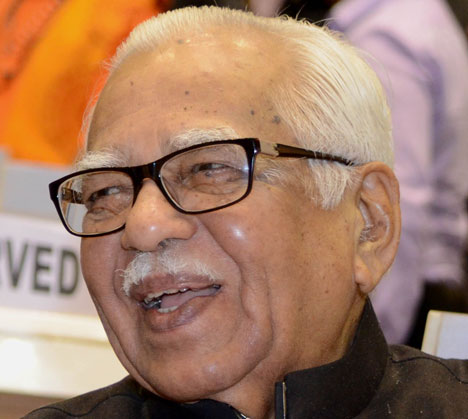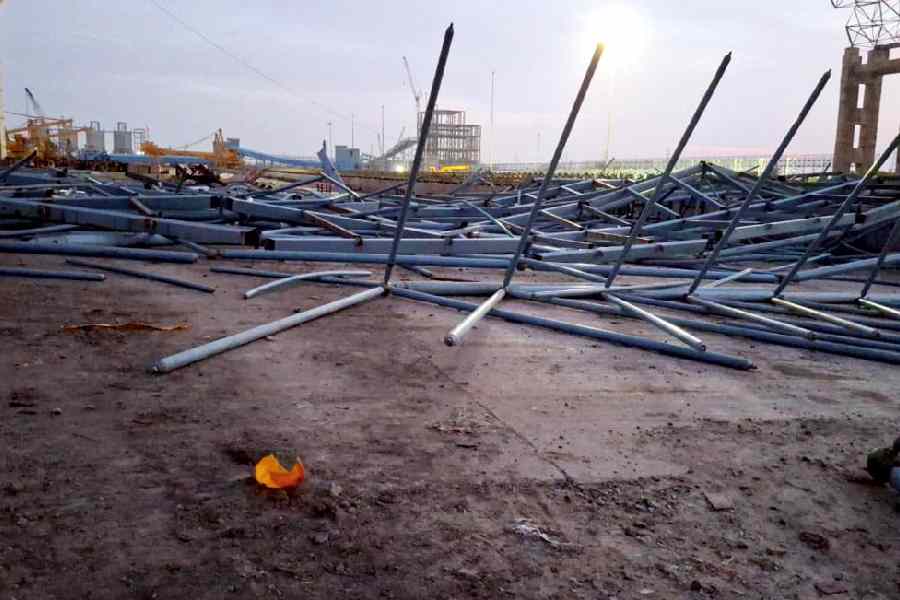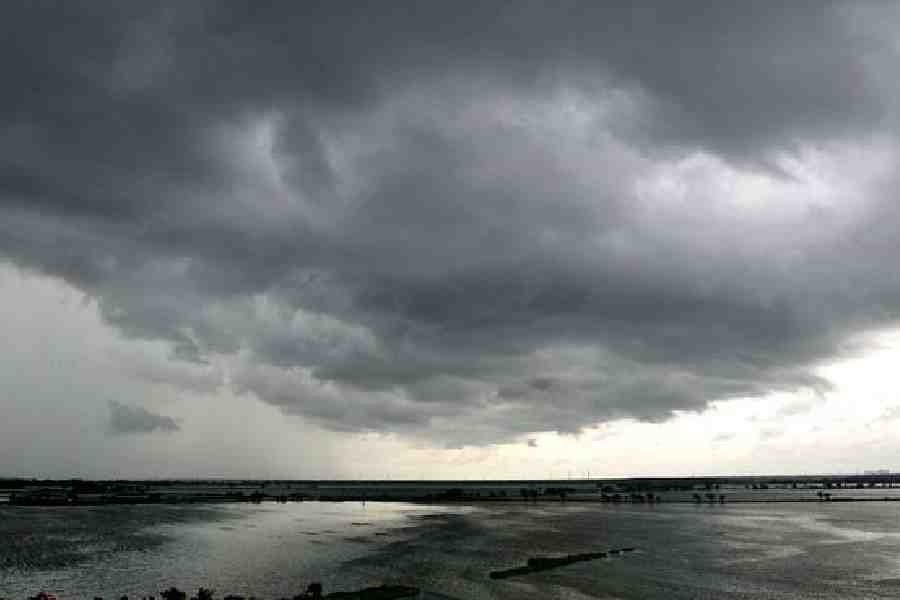New Delhi, Sept. 16: Outdoor air pollution caused by emissions from traditional domestic heating and cooking methods claims far more lives in India than pollution from vehicular traffic, industrial emissions or power plants, scientists said today.
The scientists have estimated that outdoor air pollution from residential heating and cooking with fuels such as livestock dung, wood or other biomass contributes to over 325,000 of the estimated more than 645,000 premature deaths from pollution-linked illness across India each year.
The researchers from academic institutions in Germany and the US have also predicted that about 26,000 people in Calcutta are likely to face premature death from outdoor air pollution-linked illnesses by 2025, double the estimated number in 2010.
"The large fraction of premature deaths attributable to residential energy use is remarkable, especially in view of the much smaller fraction from traffic," Jos Lelieveld, a senior scientist at Germany's Max Planck Institute for Chemistry who led the study, told The Telegraph.
Lelieveld and his colleagues from the Harvard School of Public Health combined a model of atmospheric chemistry with population data and health statistics to estimate the relative contributions of seven sources of air pollution on a global scale.
Their study indicates that residential heating and cooking, widely prevalent across India and China, account for the largest proportion of pollution-linked deaths. Health researchers caution that the estimates are based on a modelling exercise and not on hospital or illness data.
The study's findings will appear in the journal Nature tomorrow.
The calculations suggest that residential heating and cooking emissions led to 326,000 of the estimated 645,000 premature deaths from outdoor air pollution, while land traffic contributed to about 30,000 deaths, and emissions from power generation claimed 90,000 lives.

The emissions from land traffic make up only about five per cent of the premature air pollution deaths in India. In contrast, traffic emissions are responsible for about 20 per cent of the mortality in Germany, the UK and the US, the study has suggested.
For instance, among the estimated 55,000 premature deaths from outdoor air pollution in the US, 11,000 have been linked to traffic emissions.
Several medical studies in the past have shown that air pollution can lead to or exacerbate any of several illnesses, including chronic obstructive pulmonary disease, acute lung disease, as well as coronary heart disease and cerebrovascular disease.
The Max Planck-Harvard team modelled likely premature deaths from seven sources of outdoor air pollution: residential energy, agriculture, natural sources such as dust particles, power generation, industrial emissions, biomass burning, such as forest fires, and traffic emissions.
The scientists have predicted that under a "business-as-usual scenario," premature deaths from outdoor air pollution worldwide could nearly double from an estimated 3.3 million in 2010 to over 6.5 million in 2050.
The study, when focused on several mega cities, found the Pearl River Area in southeastern China - the country's biggest export hub - with the highest number of pollution-linked premature deaths - 49,000 in 2010, and projected to rise to 65,000 deaths in 2025.
Among India's mega-cities, Delhi made for the highest toll - 19,000 deaths in 2010, and expected to rise to 31,000 by 2025. Calcutta's 2010 figure of 13,500 could double to 26,000 by 2025, while Mumbai's toll is expected to rise from 10,000 in 2010 to 17,000 in 2025, the study suggests.
"Tackling air pollution from residential emissions should be a priority in India where the fraction of soot and organics in fine particles is large," Lelieveld said.
The findings appear to corroborate similar results from a team of researchers at the University of Washington and their collaborators in India who have estimated that outdoor air pollution contributes about 630,000 deaths each year.
"These studies highlight the huge burden of illness associated with air pollution from residential energy sources such as burning of wood, other biomass, and dung," said Kalpana Balakrishnan, the director of the Centre for Advanced Research on Environmental Health and Air Pollution at the Sri Ramachandra Medical College, Chennai, who was a collaborator in the University of Washington study.
She said similar patterns of illness and burden of premature deaths had been detected by an illness-estimation exercise five years ago. About 700 million people in India are also exposed to indoor pollution from the use of dung or wood for cooking and heating, she said.
"We also estimate that indoor air pollution from domestic heating and cooking independently claims an additional million lives across India each year," Balakrishnan said.










